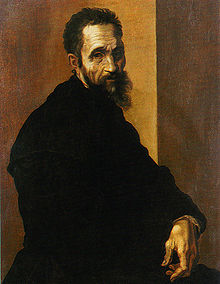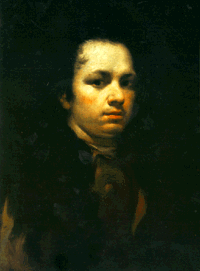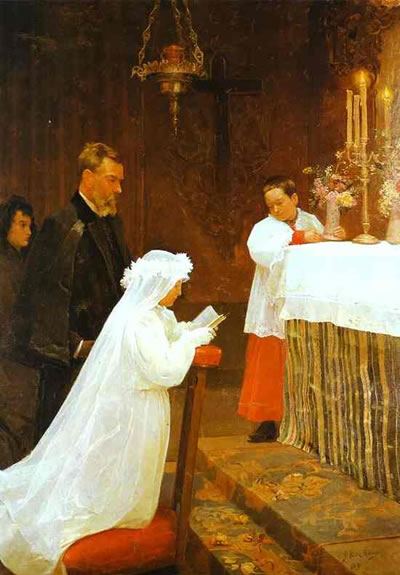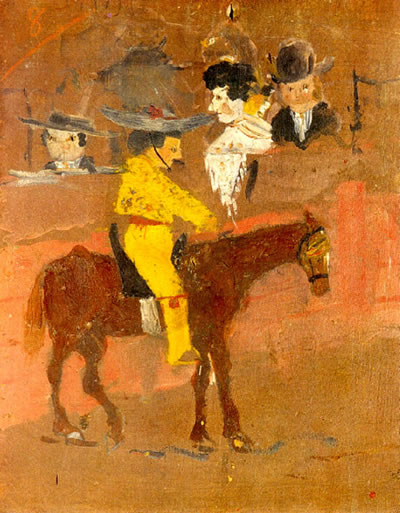Birth and Early Life
Michelangelo di Lodovico Buonarroti Simoni, his full name, was born on 6 March 1475 at Caprese, while his father was still Podestà of Chiusi and Caprese, a charge he fulfilled until 30 March of the same year, after which the family returned to Settignano, not far from Florence. His mother was Francesca di Neri del Miniato del Sera, who died in 1481, while Michelangelo was still a child.
In 1482 Michelangelo began to attend the Grammar school of Francesco da Urbino, known as “The Greek”, due to his knowledge of that language. He was not a brilliant student, preferring to skip class and attend drawing lessons, to the exasperation of both his father and the schoolmaster. Around this time he became a friend of Francesco Granacci (1469-1543) a pupil of Ghirlandaio, who would bring him in secret drawings by the master, so Michelangelo could copy them.
At last, in 1488, his father gave in and, realising his son’s interest for painting could not be quenched, enrolled him in the workshop of Domenico Ghirlandaio for a period of three years, where, against the normal practice of the times, Michelangelo received a salary.
Apparently it was during this period he began his career as a sculptor. He had access to the collection of Sculptures in the Medici Garden, a connection which eventually drew him into the Medici circle.
Early Career
By the time he was 16 Michelangelo had already produced 2 relief sculptures: the Battle of the Lapiths and the Centaurs and the Madonna of the Stairs (both from 1489-1492, Casa Buonarroti, Florence), which show that even at an early age he already had evolved a personal style.
Around this time he was assaulted by the sculptor Torrigiani, an envious competitor, who, punching him, left him with his characteristic broken nose.
In 1492, after leaving the Medici home in Via Larga, following the death of Lorenzo, he began studying anatomy with the covert help of the Prior of the Hospital of Santo Spirito. A wooden crucifix, now at the Casa Buonarotti, has been attributed to him, a work he may have produced for the prior in gratitude for the support he received.
In July of the same year, planning to make a statue of Hercules, he bought a block of marble. No work ever being started, he eventually sold it some years later.
Return to Florence
Michelangelo’s brother Buonarotto visited him in Rome in 1500, reporting that he was still living in penury. The St Peter's Pietà, however, had made his name famous and he returned to Florence in 1501 in glory. The period from 1501 to 1505, the length of his Florentine stay, proved to be extremely fertile.
in 1501 Michelangelo received a commission for a sculpture of a Madonna to be placed in the church of Notre Dame in Bruges and he was invited to visit the city in 1504.
In May of the same year he received a commission from the Cardinal of Siena (later Pope Pius II) for 15 statues for the Piccolomini altar in the Cathedral of Siena. Only four were completed, those of Sts. Paul, Peter, Gregory and Pius.
In August he was given, at his request, a gigantic block of marble which had been abandoned for 36 years at the Opera del Duomo. A statue had been begun by another sculptor, but so badly, that the whole piece was given as lost. Michelangelo, however, believed it could be saved and promised to deliver a statue in two years’ time. He started work on 1 September and was careful to leave some of the signs made by the previous artist. The figure was ready in April 1504 and proved to be the gigantic David, which was initially placed in front of Palazzo Vecchio. In the XIX century it was replaced by a copy, while the original was moved to the Museo dell’Accademia.
In 1503 he began a series of the 12 apostles for the Cathedral, but only the statue of Matthew, now at the Museo dell’Accademia, was ever completed.
In 1504 he was commissioned by Pier Soderini to paint a fresco in the Council Hall, in Palazzo Vecchio, opposite the one which had been commissioned from Leonardo. Michelangelo chose as subject the Battle of Cascina. This work was actually begun in 1504 but was not finished by the time Michelangelo was called to Rome by the new Pope, Julius II, but the cartoons became an inspiration for all contemporary artists. Only a few of these are still in existence, but we do have some copies of fragments, the best one being the one in Lord Leicester's Collection at Holkham, Norfolk. As the fresco was to represent the Florentines surprised by enemy troops while bathing in the River, it became knows as “The Bathers”. It became a highly influential work, as it stresses almost exclusively the nude human body as a means of expression.
Old Age
He began carving a third
Pietà, which he intended for his tomb. Not satisfied with the quality of his own work, in the year 1557 he broke the statue and gave the pieces away. It was eventually put together again, being placed in its present location, in the Museo dell'Opera del Duomo (the museum of the cathedral of Florence).
In 1558 Michelangelo made a clay model of the Laurentian Library, sending it to be shown to Cosimo I for approval,
In 1559 a new pope, this time from the Milanese branch of the Medici, was elected and assumed the name of Pius IV.
In 1560 Michelangelo sent to Cosimo I drawings and a clay model of the Church of S Giovanni dei Fiorentini, which was eventually constructed under his supervision.
In the same year, his 85th, he offered his resignation to the pope as architect of St Peter’s, a dismissal which was refused. The following year the cornerstone of the Porta Pia, designed by him, was laid.
On 29 August it was feared he had died, following a seizure, but it all proved a false alarm and he was soon on his feet again. In 1563 he was reported to be in perfect condition, if a bit weak on his legs, living a normal life, and even, following a misunderstanding, being called before a judge to answer some minor charges. Because of his great age envious colleagues succeeded in taking from him some of his responsibilities at St Paul’s, altering the project to the extent it risked making the building unstable. Michelangelo, however, was kept posted and managed to call Pius IV’s attention to the problem and had it successfully solved and the incompetent architects removed from office.

In 1558 he made the so-called Palestrina Pietà, of which hardly anything is known. It was sculpted on an ancient Roman marble and up to 1938, when it was transferred to the Museo dell’Accademia in Florence, was in the Rosalia Chapel in the Barberini di Palestrina Palace.
On 5 February 1564 Michelangelo began to feel unwell, dying on the 18 of the same month, at the age of 89. He had been working until a few days before on the so-called Rondanini Pietà, a near-abstract work in which mother and son merge and which is charged with the emotional intensity Michelangelo’s contemporaries called “'terribilità”. It is a world apart from the famous
Pietà in St. Peters, a natural evolution, considering sixty-five years separated one work from the other. This work is now to be found in the Castle in Milan.
Michelangelo’s body was placed in the Church of the Holy Apostles in Rome, being later transported in secret to Florence, where it arrived after 3 weeks. It was transported, in the presence of a large crowd, to the Church of Santa Croce. The funeral service took place in July, in the Church of St Lorenzo, and the artist was placed in his final resting place rest in the church of Santa Croce. His tomb dates from 1574
Home Michelangelo's Oeuvre | |













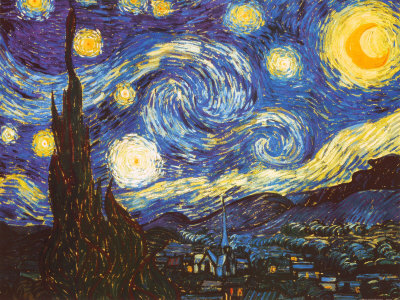
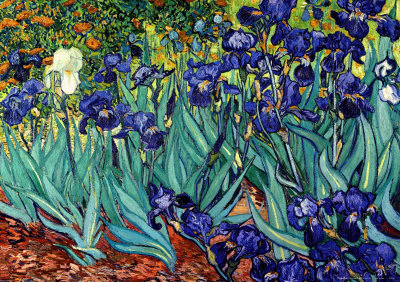
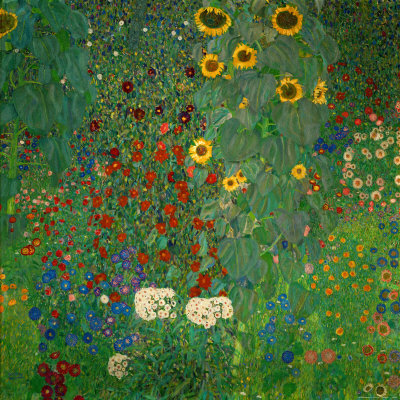

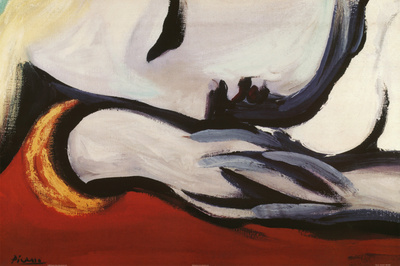

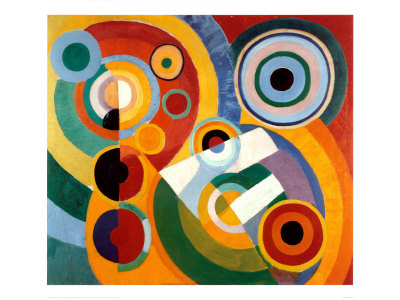
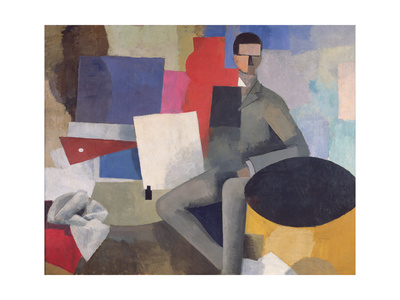

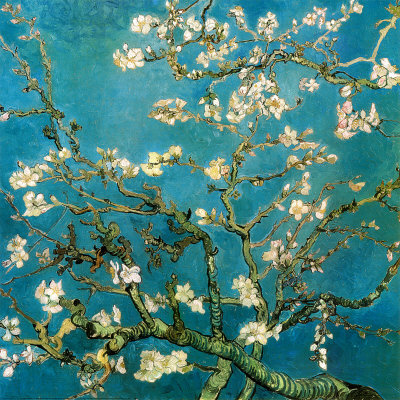







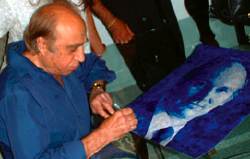 For Gulgee, the famous and celebrated artist of Pakistan and the subcontinent, life has been a journey in more than one sense, giving him thrill and bliss that are both sensuous and ethereal. He has been to many places and done things that are varied and glorious. At the age of 79, though the visits have become fewer, he remains as zestful a traveler in the realm of the intellect and the senses as he was when the journey began quite early in life. In his inward journey, he remains and intrepid and ever curious.
For Gulgee, the famous and celebrated artist of Pakistan and the subcontinent, life has been a journey in more than one sense, giving him thrill and bliss that are both sensuous and ethereal. He has been to many places and done things that are varied and glorious. At the age of 79, though the visits have become fewer, he remains as zestful a traveler in the realm of the intellect and the senses as he was when the journey began quite early in life. In his inward journey, he remains and intrepid and ever curious.





